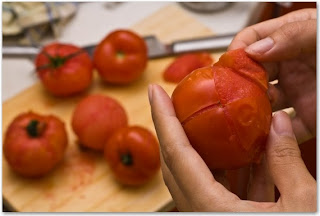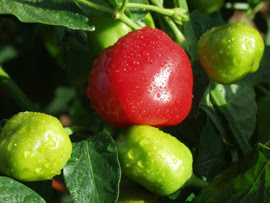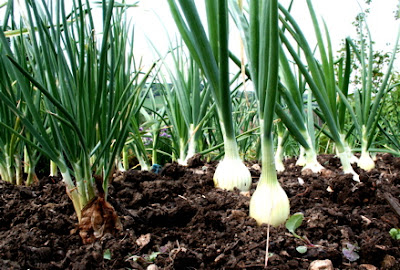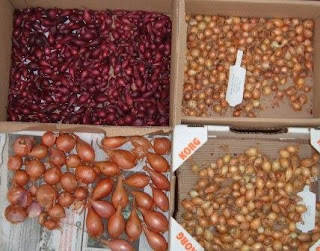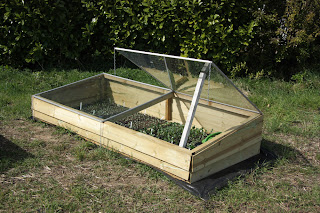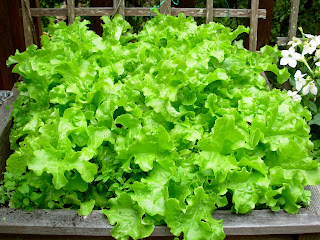Click here for the 'Seeds of Eaden' seed shop
There are plants available that will thrive in problem areas of your garden. If you wish to grow fruit and nuts in a shady part of your garden then it is a case of carefully selecting the right varieties of plant that will tolerate and enjoy these conditions. It is often better to work with nature than fight against it.
All plants require sunlight to grow, but some plants are more tolerant of shade than others. Fruiting plants that naturally grow in shady areas tend to be woodland plants, as they are shaded by the tree canopy during the summer. They include blackberries, blueberries, gooseberries, raspberries, rhubarb, tayberries and toysenberries. Alpine strawberries will tolerate more shade than other strawberries, although they do require some sun to fruit.
One advantage of a shady area is that the ground is likely to stay moist. The increased dampness of the soil and slow ripening can help to plump up the fruits before they ripen and are harvested. This gives them a delicious taste.
If your plot receives sun in the morning than nut trees such as filbert and hazelnut will be successful. Fruit trees growing in light shade will produce a lower fruit yield but will generally grow well. Sun loving fruit trees growing in deep shade will be prone to pest and diseases and will return a low fruit yield.

A shady area will mean that you have a reduced need to water, and crops that can bolt will be more successful. However, all plants require light to grow so a heavily shaded area will be problematic for growing crops. Crops grown for leaves, stems or buds actually benefit from some shade. Leafy vegetables such as salad crops and some herbs do better in shade than fruiting plants.
Mushrooms can be successfully grown in shade. These can be grown on inoculated timber or mulch. Mushroom spores can be bought as plugs that can be placed into drilled holes on a log. Ensure that the log is hard wood variety and seasoned timber. Varieties include oyster, white button, chestnut and shitake.
You could address heavily shaded areas by pruning this area if shade is caused by overhanging trees. Seeds can also be given a head start by germinating them indoors and transplanting the young plants into the ground when they have a well established root system, giving them an advantage over seeds placed directly into the soil.
For related articles click onto:
What is a potager?
What is a vegetable?
What is the difference between a currant, raisin and a sultana?
What is the difference between a marrow and a courgette?
What is the difference between a peach and a nectarine?What is the difference between a squash, pumpkin and a gourd?
What is the difference between a turnip and a swede?
What is the difference between a yam and a sweet potato?
What is the difference between a vegetable and a fruit?
Tree size
Vegetable crop rotation
Weeding
Why don't seedless grapes have seeds?




